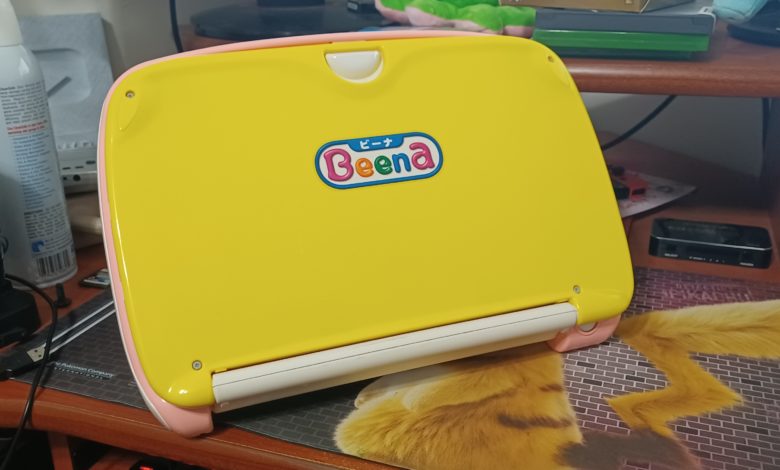
Advanced Pico Beena: SEGA’s final console featured edutainment, cookware, and Pokémon
Left in Japan, For Better or Worse
On March 31, 2001, the SEGA Dreamcast died in America.
It had been a long time coming. Even before SEGA America issued the formal announcement of their exit from the video game console market that January, for years many had expected them to either become a third-party game developer — or worse, go bankrupt.
Despite the massive success of the SEGA Genesis in the early 1990s against the Nintendo juggernaut, a string of poor decisions and perhaps having too many systems out at once led to their final major console, the Dreamcast, to meet an untimely end after only two years on the market in the West. As a Washington Post writer lamented in January 2001, “The battle for control of the video game market [has] claimed its biggest victim.”
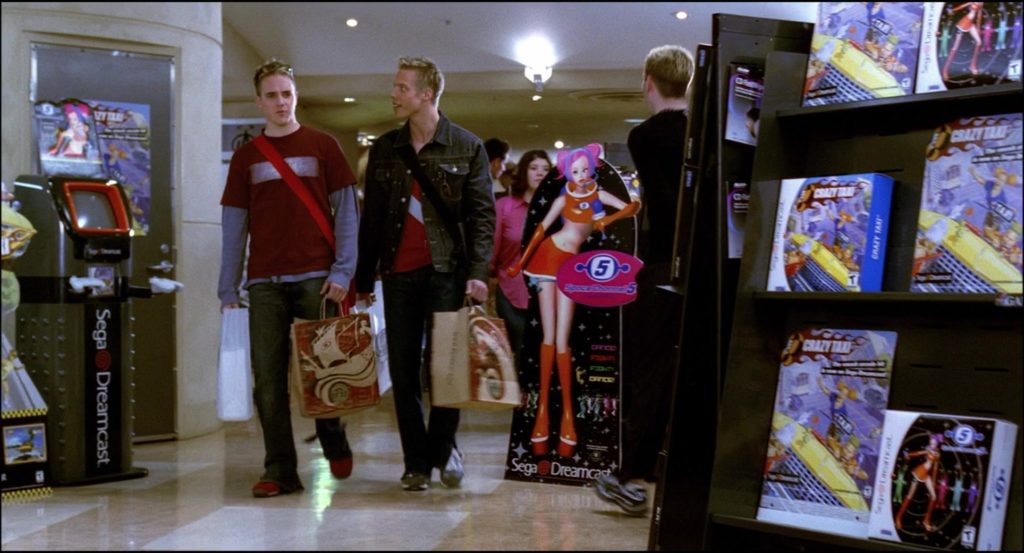
But 2001 was not the end for SEGA’s consoles in Japan. The Dreamcast would last there officially until 2007. And even then, SEGA’s toy division would release a new system in 2005, one that would see official releases until the mid-2010s, a “Lite” revision, and even games from their once-biggest rival, Nintendo.
This is the story of SEGA’s final game system, how it never left Japan, and how, in a way, it continues to live on: the Advanced Pico Beena.
The computer that thinks it’s a toy
Before there was the Advanced Pico Beena there was the Pico.
First released in 1993, during the heyday of the Genesis, this was SEGA’s first full foray into a strange new world of gaming: Edutainment.
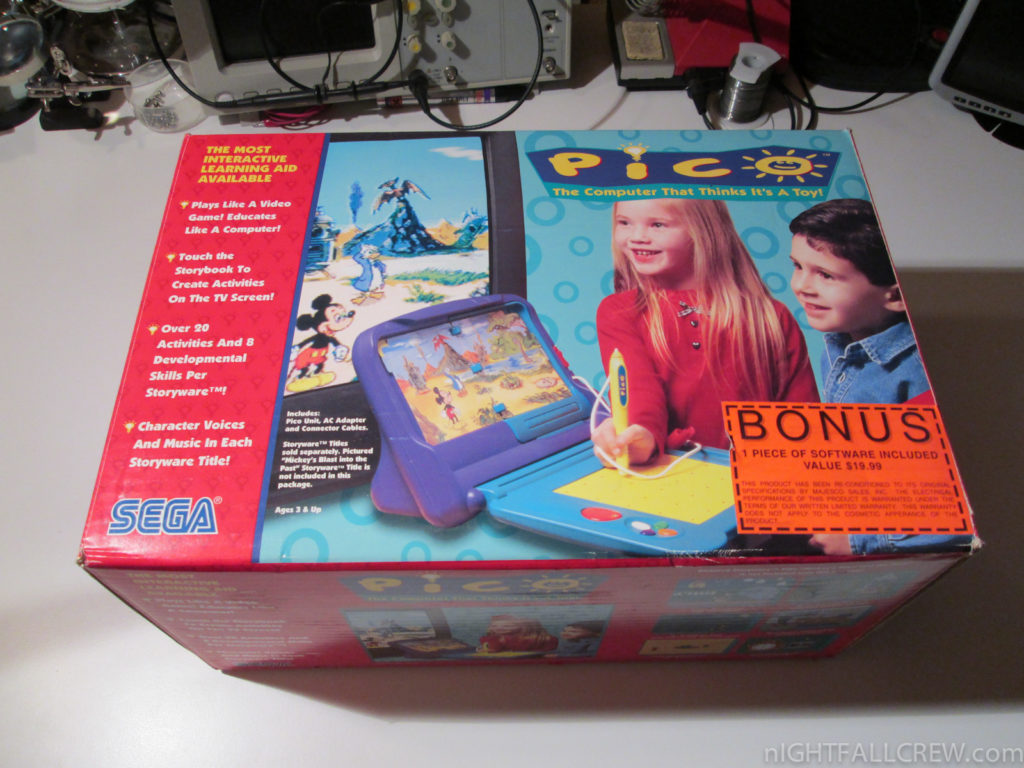
Research and development work had been initiated through approval from SEGA CEO Hayao Nakayama himself, with the hardware inside being a modified Genesis chipset.
In 1993, the Pico was not a powerhouse — but it wasn’t meant to be. First and foremost, it was meant to be easily accessible to young kids, and highly interactive at that.
The Pico system appears like no other video game system that came before. In North America, it bore a purple and green color scheme, with a label on the box proudly calling it The Computer That Thinks It’s a Toy!
The word “computer” was clearly deliberate here. Despite being based on Genesis hardware, the Pico looks like some sort of deformed laptop. It has a large bulbous base that keeps it from falling over and unfolds along a hinge, revealing a system with a touchpad and toddler-sized controls along the bottom and a stylus pen and cartridge slot around the top.
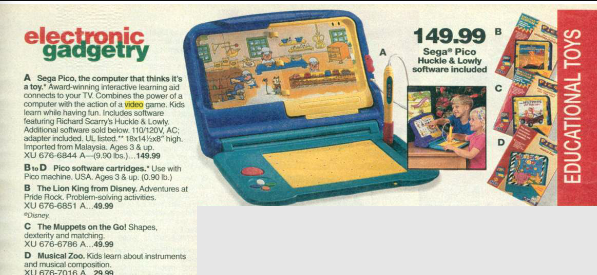
It was also a choice that reflects deliberate decisions made during development. Several sources have claimed that the Pico was a pet project for Nakayama, which is perhaps why it was pushed incredibly hard in Japan. But perhaps equally taken by the system was Tom Kalinkse, the then-CEO of SEGA of America.
“The SEGA Pico was meant to be a child’s first computer,” Kalinske said in a 2019 interview with Romchip.org. “When I saw that, I thought, ‘Here’s a great example of using video-game technology to make education more involving, more interactive, more fun, and more interesting.’
Unlike a laptop, the Pico does not feature a built-in screen or battery. It has to be powered by a Genesis Model 2-style power adapter and outputs video strictly over composite AV cables.
With that came Storyware. Not just a storybook, not just a cartridge.
In a testament to marketing speak, SEGA Pico games were never just games — they were Storyware experiences. All the titles here involve both an on-screen component which may utilize the touchpad or buttons, and an interactive component involving action on screen reacting to turning pages of the plastic Storyware book-cartridges, and certain pages even responding to pen taps.
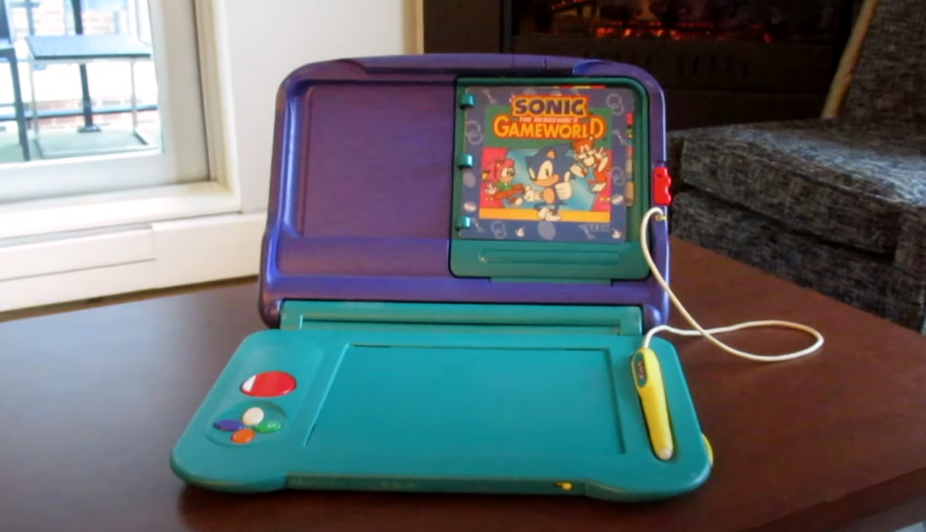
It’s a truly unique experience unlike any other in gaming, and it’s bolstered by the stylus being fantastically responsive (for a ‘90s tablet pen). This was put on display by the multitude of drawing programs that come as part of many of the releases.
And the games were indeed made to be both educational and entertaining, with subjects from math to reading to critical thinking. Perhaps the most original of these was the Sonic spinoff Tails and the Music Maker, which aimed to teach the basics of music composition. And, like many Pico games, it featured a plethora of minigames, some only tangentially related, such as a pinball stage and a Breakout clone.
The system is made of tough, childproof plastic, as are the cartridges. To be doubly childproof, cartridges physically lock in place with a satisfying click, as does the console itself when folded up. The stylus pen is even tethered to the system — however, it can be replaced easily if broken, with its connection being located behind a screwed-in tab.
This uniqueness would be nothing without games, though. And in this regard, SEGA tried to deliver. There were first-party SEGA releases for series ranging from Sonic the Hedgehog to Ecco the Dolphin, along with heavy support from the likes of Disney.
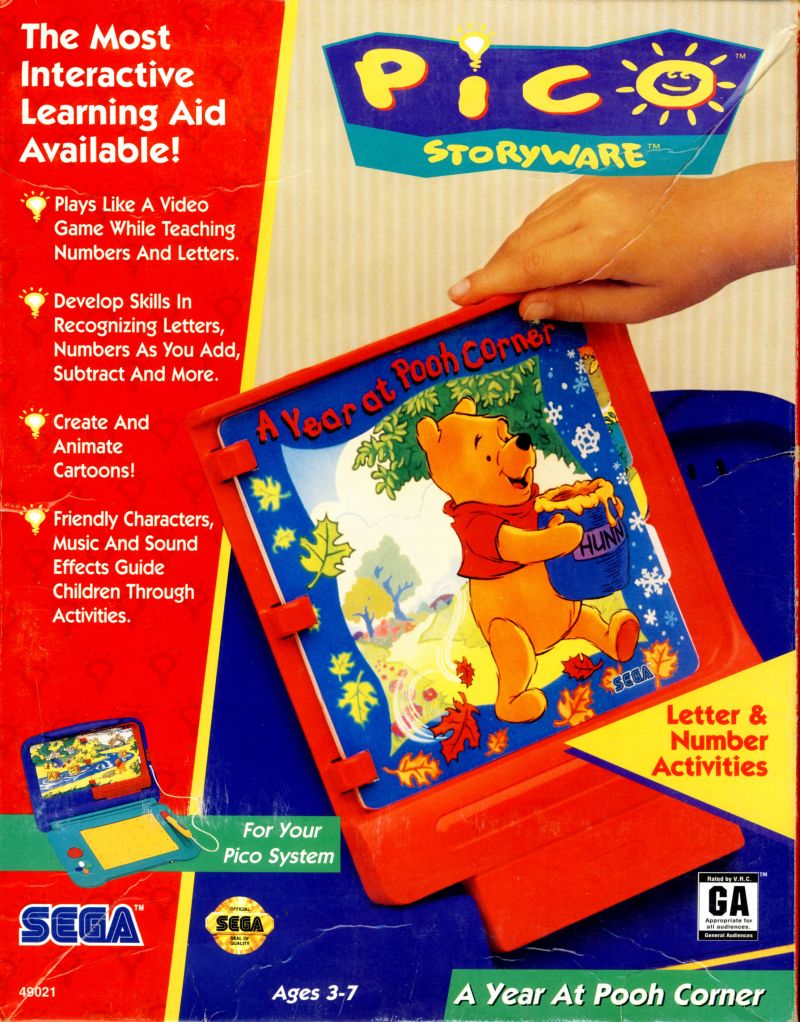
And yet, it wasn’t enough in America. By 1998, the Pico had been discontinued. While the platform had earned SEGA of America over $100 million in profit in its five years on the market, this apparently was not enough to satisfy those at Sega’s headquarters in Japan.
“Japan was making decisions for me,” Kalinske said. “And they said to me, ‘Stop wasting your time on that. It takes too much effort and too much money. You could just do another Sonic title and do a lot more revenue, a lot more profitably. It’s easier.”
And yet, in Japan, the Pico faced a much different fate. It would become one of the most popular edutainment platforms of all time there, and would even see a slightly slimmer remodel in 2000. Known in Japan as the Kids’ Computer Pico, over 220 games would be released between 1993 and 2005, with there being licensed titles based on popular anime series such as Anpanman and Doraemon, international recognizable brands such as LEGO and McDonald’s, and even Nintendo’s perennial cash cow Pokémon.
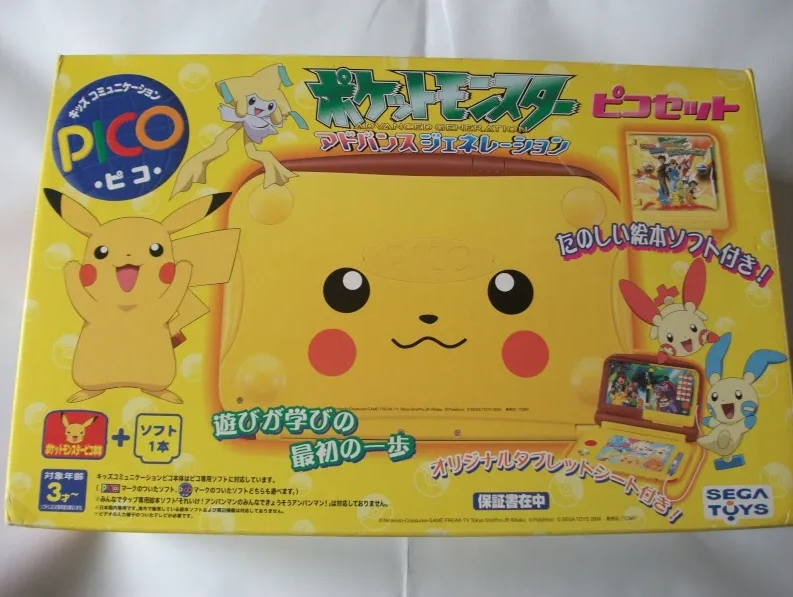
While exact Japanese system sale numbers are unknown, it is obvious that the three SEGA-published Pokémon Pico games were incredibly popular, with a special Pikachu-edition Pico console being released in 2003.
By this point, the Pico was over ten years old, and SEGA mostly seemed uninterested in supporting a home console. However, around the time of the Dreamcast’s worldwide discontinuation, control of the Pico line was handed over to SEGA’s toy division, the fittingly named SEGA Toys.
After over a decade of success, SEGA Toys’ higher-ups saw a successor to the Pico as a no-brainer.
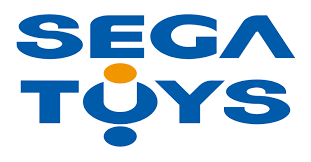
Getting real weird with it, Pico Beena style
In mid-2005, two major milestones occurred in the SEGA Pico’s life. First off, thanks in part to an edutainment obsession born from bringing the original Pico to market, Tom Kalinske took the reigns of Leapfrog as CEO.
Best known for their Leapster line of systems, Leapfrog’s gaming hardware had the levels of success Stateside that the Pico line had in Japan. There was even a Sonic game released for the Leapster that same year.
Over in Japan, SEGA toys launched the long-awaited successor to the Pico. Priced at 15,000¥ ($117 USD) at launch, this 32-bit, non-3D capable system aimed to bring the Pico line into the 21st century.
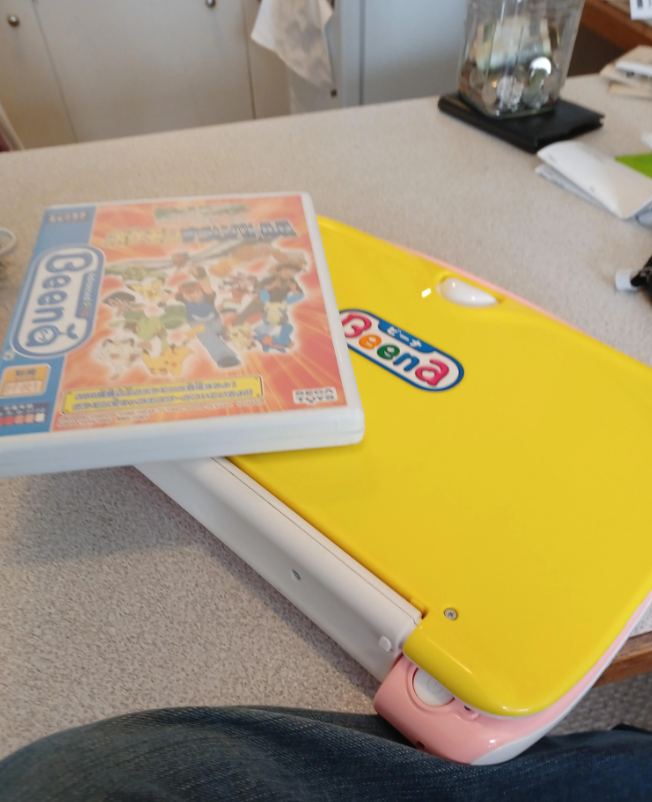
The Beena looks like a slim, modern evolution of the original Pico. Featuring two sets of built-in controls, upgraded Storyware cartridges, built-in speakers, and, in some models, a rechargeable battery. There’s even a secondary battery slot that can be used to enable a real-time clock, allowing the system, for example, to wish the user a happy birthday when that date comes around. The Beena aims to not only be more powerful than the original Pico but more portable as well.
Off the bat, it was available in a variety of colors. There were blue systems, yellow and pink systems, Anpanman-edition systems, Pokémon-edition systems, and, in 2008, a slimline version of the console called the BeenaLite. In every way, shape, and form it was an upgrade over the original – save, perhaps for the replacement of the original model’s sturdy curved base with a Nintendo Switch-esque kickstand.
To truly differentiate the system from SEGA hardware passed, the Beena launched not with a Sonic the Hedgehog title, but instead with an introductory title featuring a new green teddy bear mascot. It’s a game that really isn’t educational, but does show off the features of the Beena through minigames that heavily rely on drawing, tapping, and using button combinations. Fittingly, this glorified tech demo was titled Welcome to Beena Town!
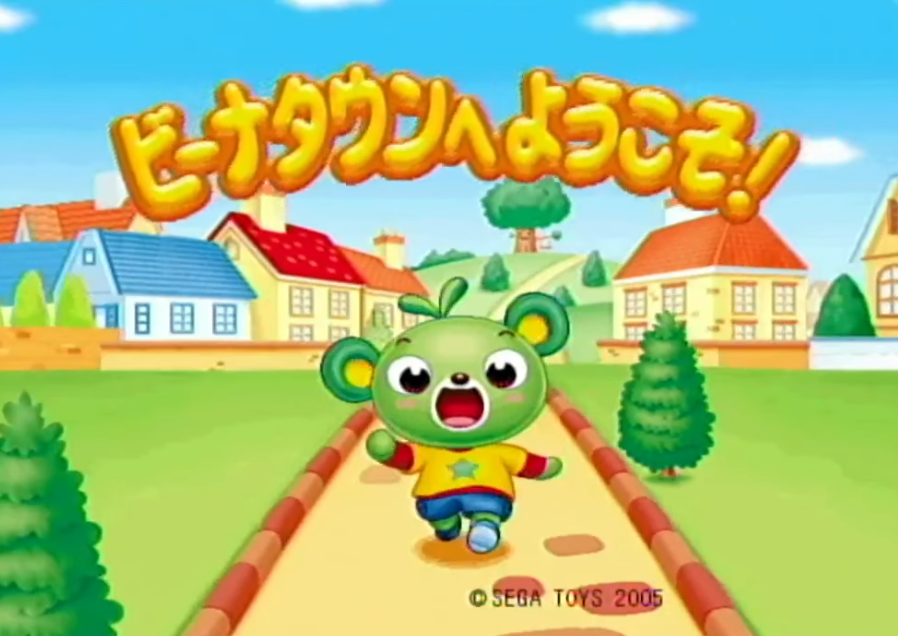
The library here is downright odd for a SEGA system. Like the original, there were plenty of games based on popular Japanese properties — Super Sentai, Kamen Rider, Cinnamoroll, and Hello Kitty come to mind. But more so than the original, Pokémon featured heavily on the platform.
Between 2005 and 2010, SEGA published four different Pokémon games for the Beena. These games all ranged from teaching numbers to Kanji writing practice to even exploring the wonderful world of sports. And despite being so popular that there were Pokémon-themed Beena and BeenaLite system bundles, this seemed to come at the expense of the presence of SEGA’s own flagship series.
Notably absent from the Beena is any game or even any mere reference to SEGA’s own mascot, Sonic.
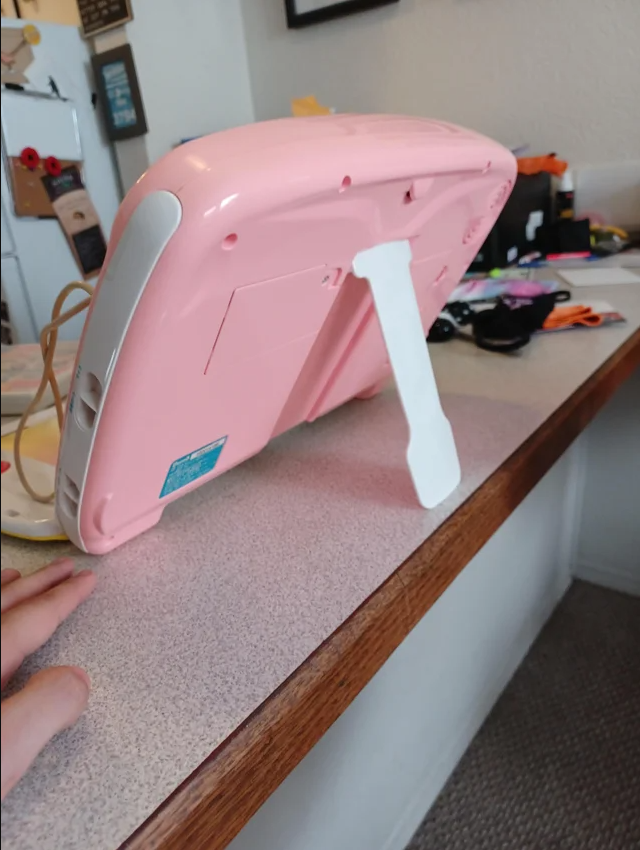
Perhaps, after the global sales failures of SEGA’s post-Genesis game systems, SEGA Toys aimed to distance themselves from SEGA’s traditional staple series. The Beena library is overwhelmingly filled with licensed titles. The likes of Crazy Taxi and Phantasy Star may be missing, but in their place are the likes of Toy Story 3 and Thomas the Tank Engine.
Speaking of trains, the Beena featured a staggering number of accessories for it – including a full-on toddler-sized train controller, not unlike what was seen on “bigger” consoles in the Densha de Go! series. The iceberg that is Advanced Pico Beena accessories is massive and so poorly documented that even the most seasoned of SEGA collectors could find something new here.
Simultaneously mundane yet technologically fascinating, the first major accessory for the Beena came in 2005 in the form of an SD card reader. This oddly forward-thinking accessory allowed for game saves to be transferred with ease. In an era dominated by the PlayStation 2 and GameCube and their proprietary memory cards, this was an incredibly forward-thinking feature.
But the accessories just got weirder from there. Cars 2 for the Beena came with its own mini-steering wheel. There’s an entry in the Taiko Drum Master series that comes with its own drum accessory. The Toy Story 3 game comes with a space-themed joystick specifically for it, and one of the Pokémon titles (both on the original Pico and on the Beena — there was some overlap in support) had its own optional four-button controller.
There was even an optional keyboard that looks oddly like a Speak ‘n Spell. The list goes on and includes full-on barcode scanners – to one-up the original Pico, Sega Toys decided to get real weird with it.
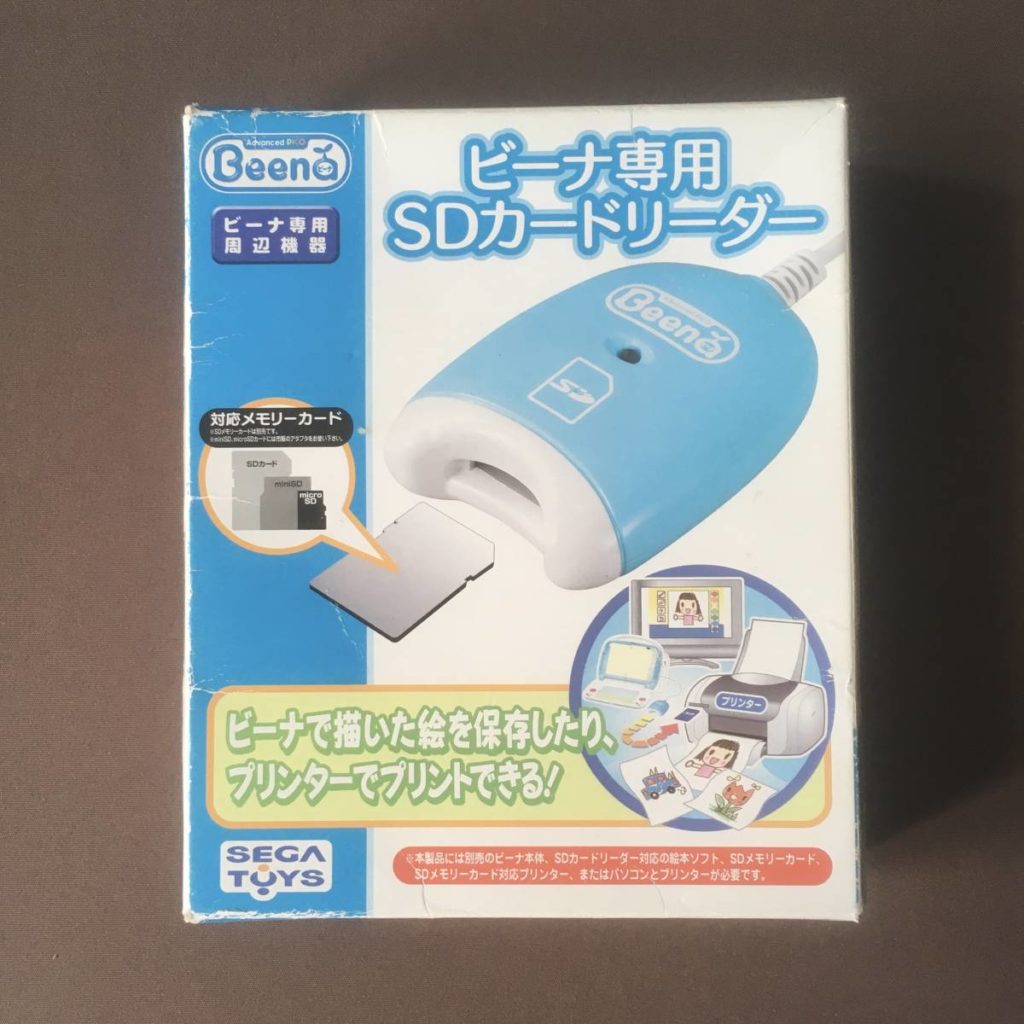
Perhaps most unique of all were bundles that came with “Beena Playsets” — literal game-oriented playsets that could be mounted on top of your system. Usually packaged with traditionally “girly” games, these included a kitchen playset, a small shop, and, perhaps best named of all, the Fashionable Beena Makeup Haircut set.
The Advanced Pico Beena was many things. A game system. A learning computer. A source for playsets. A toddler-proof introduction to a variety of series popular in Japan over the past 20 years.
And, despite the success of the original Pico, it’s also debatably a failure.
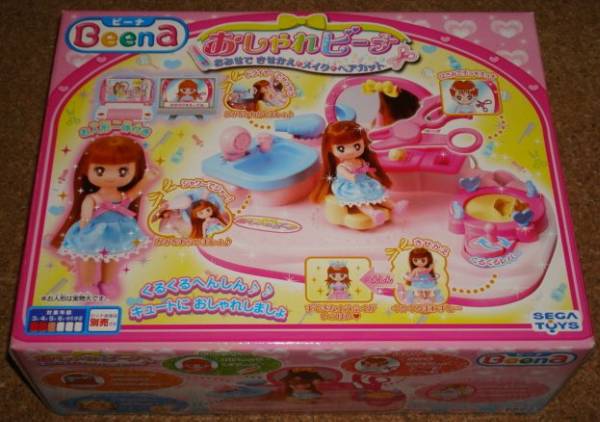
The Pico Beena and console purgatory
Despite launching in August 2005, SEGA Toys estimated that they would sell 250,000 systems before the year was up.
Instead, it took over a year to reach half that.
The exact final sales numbers are not known for the Beena. The most recent number is from 2008 and shows only 350,000 Beenas sold. For comparison, the Dreamcast was a system often considered a failure that was the final nail in SEGA’s international console-making business. It sold over 9 million units globally.
But perhaps it’s unfair to compare its sales to those of more traditional consoles. The Dreamcast was aimed at a wide demographic of people— longtime SEGA arcade fans, those looking for the hot new system, folks looking for a reason to come back to SEGA after their stumbles in the mid-1990s.
On the other hand, the Beena was marketed like a toy, by SEGA’s toy division, with marketing aimed at parents wanting something video game-like for their toddlers that seemed like a bit more of a premium offering than the original Pico.
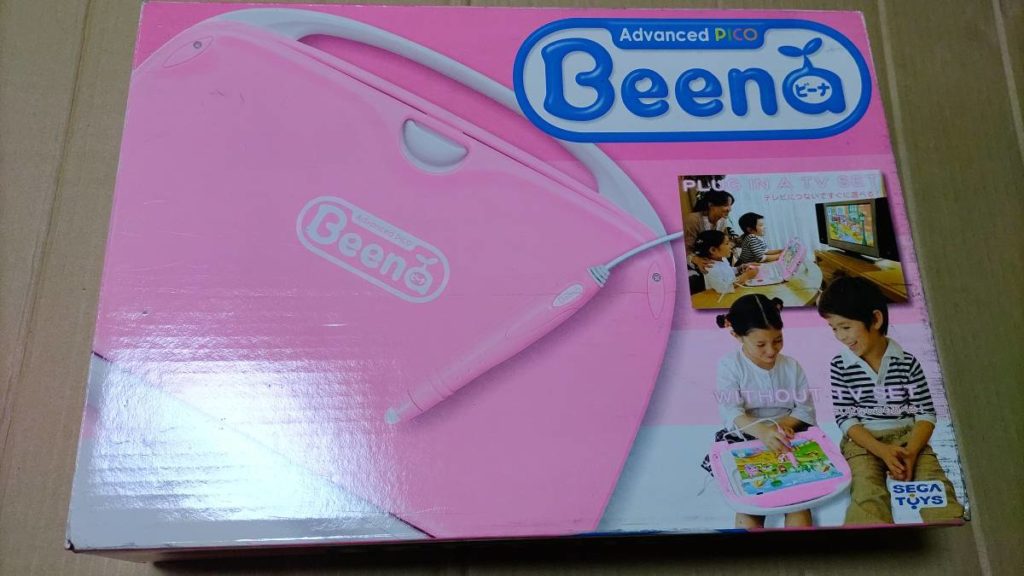
The Beena was not a major seller, but it did well enough that they’re incredibly cheap and common in Japan. And though sales were not what SEGA Toys had hoped, the platform did well enough to never be formally discontinued.
It’s an odd story. The official Beena website has been offline in Japan, according to the Wayback Machine, since August 2006. However, there were references on other websites well into the 2010s, with new releases coming out all the way until 2011. The final currently-released game for SEGA’s final system, as of 2022, was the previously mentioned Cars 2 game, shipping complete with its own tiny steering wheel.
On paper, SEGA still supports the Beena. Neither SEGA Toys nor SEGA proper has ever formally discontinued the system. The official Japanese SEGA website still contains references to the Beena in certain corners, with SEGA Toys having put out both sequels and ports of several Beena titles for smartphones.
On March 31, 2001, the SEGA Dreamcast died in America. That cancellation would follow around the world and, to many, 2001 marked the end of SEGA as a console maker.
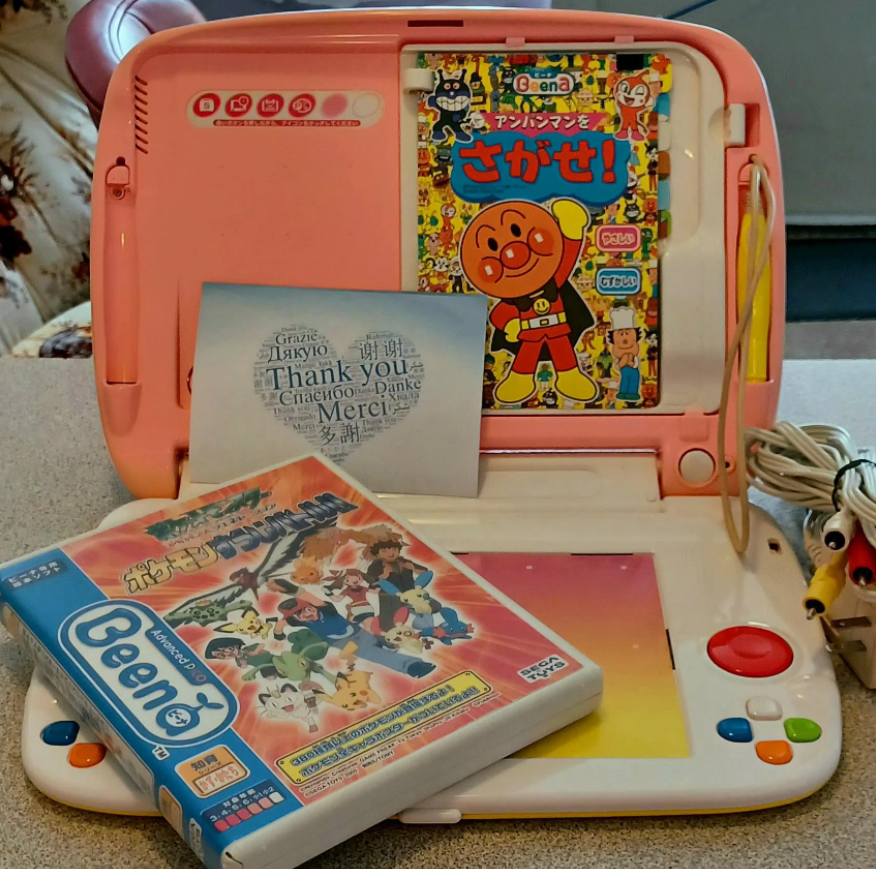
Yet, the Beena pushes against that narrative, even if only through a technicality. You could argue it isn’t a console — the original Pico was marketed as a “Kids’ Computer”. You could also argue that it’s not truly being supported anymore – perhaps you could call it Console Purgatory. The Advanced Pico Beena and support for it has not been discontinued, despite there not having been a new release in over a decade.
But it is technically a system as well. It plays games off cartridges. It has more weird accessories than potentially any other SEGA system out there. It even features big-name IPs.
The Beena shows that in some corner out there, albeit a corner containing wooden letter blocks and a baby monitor, intended for a target demographic somewhere between understanding color names and working on basic vocabulary words, SEGA is still arguably a console maker.
That arguably makes the Beena more than worth remembering.

